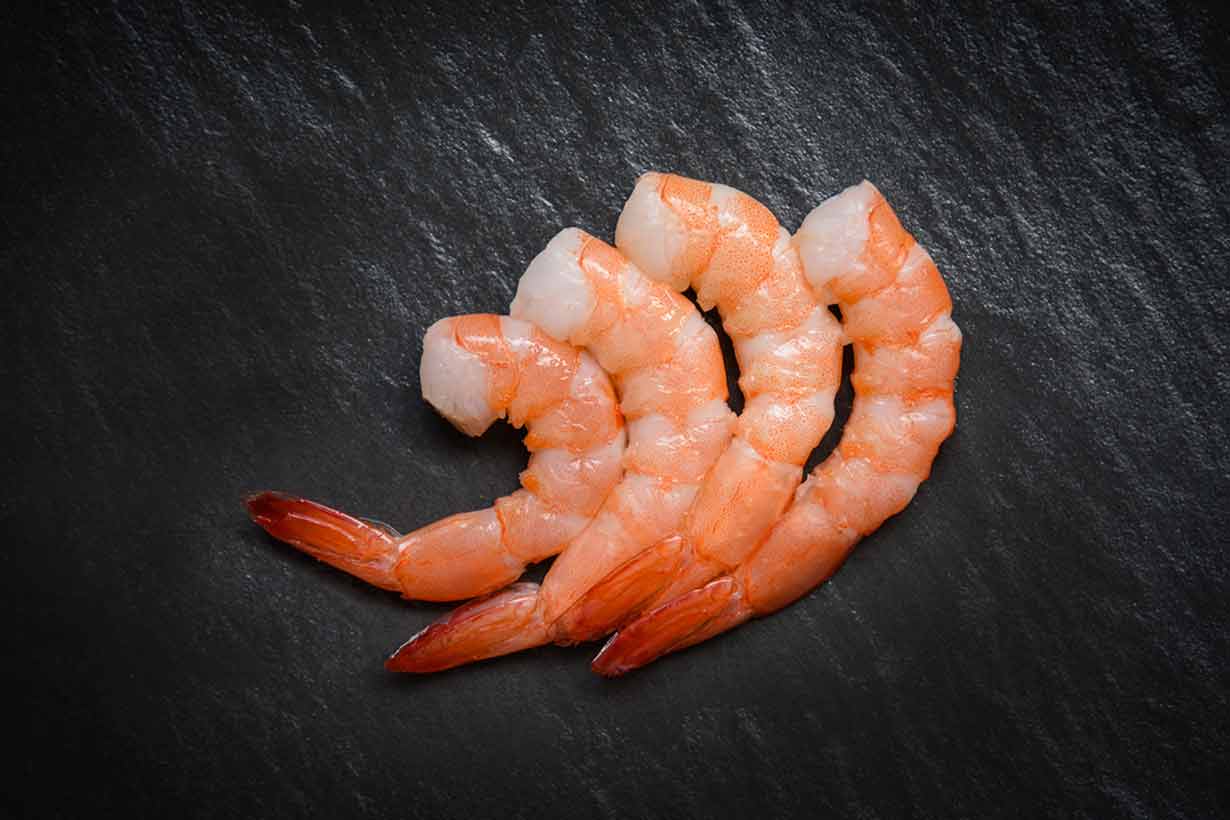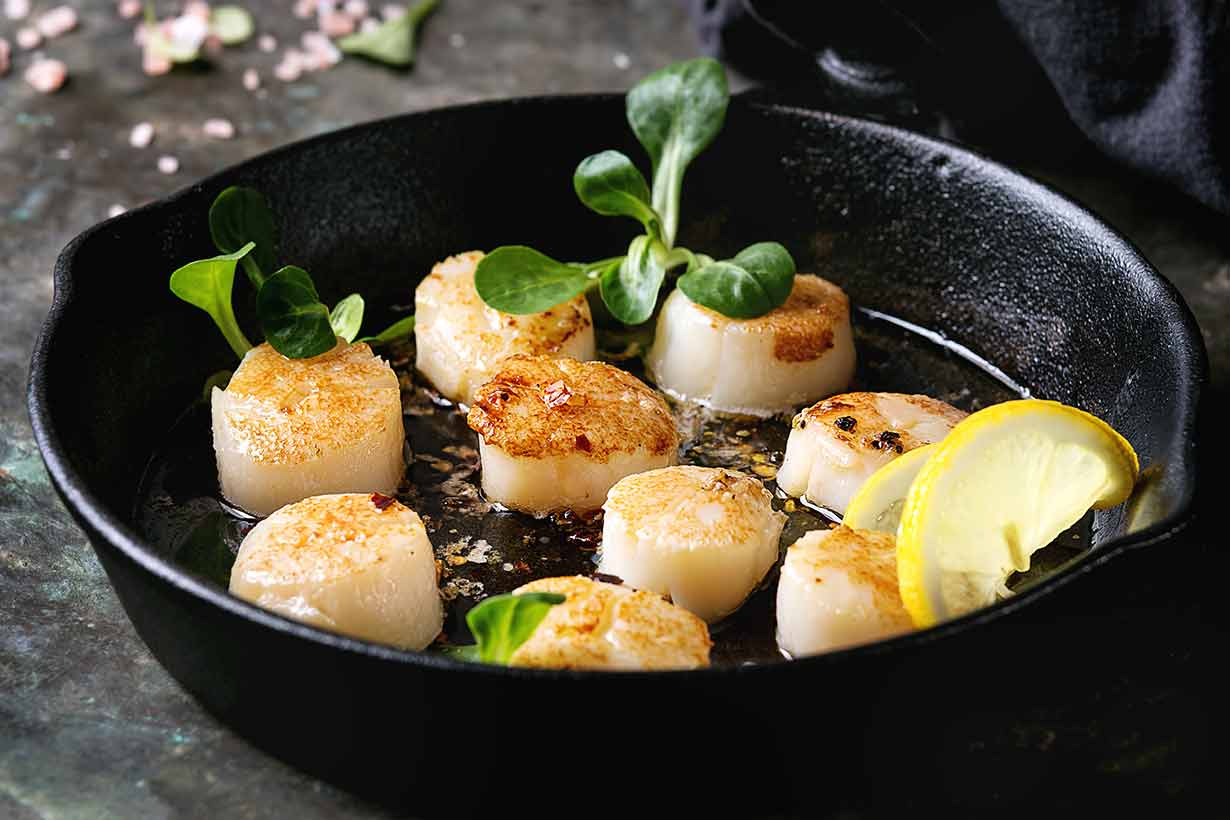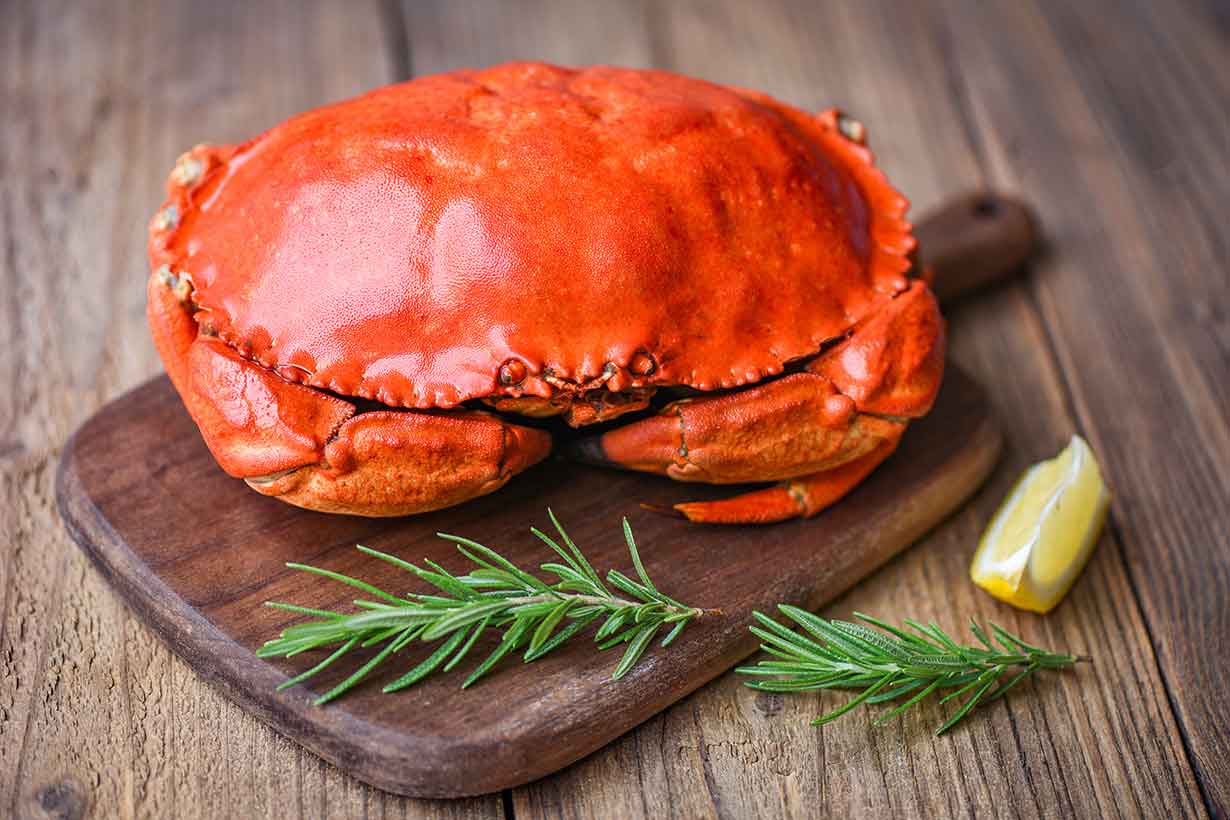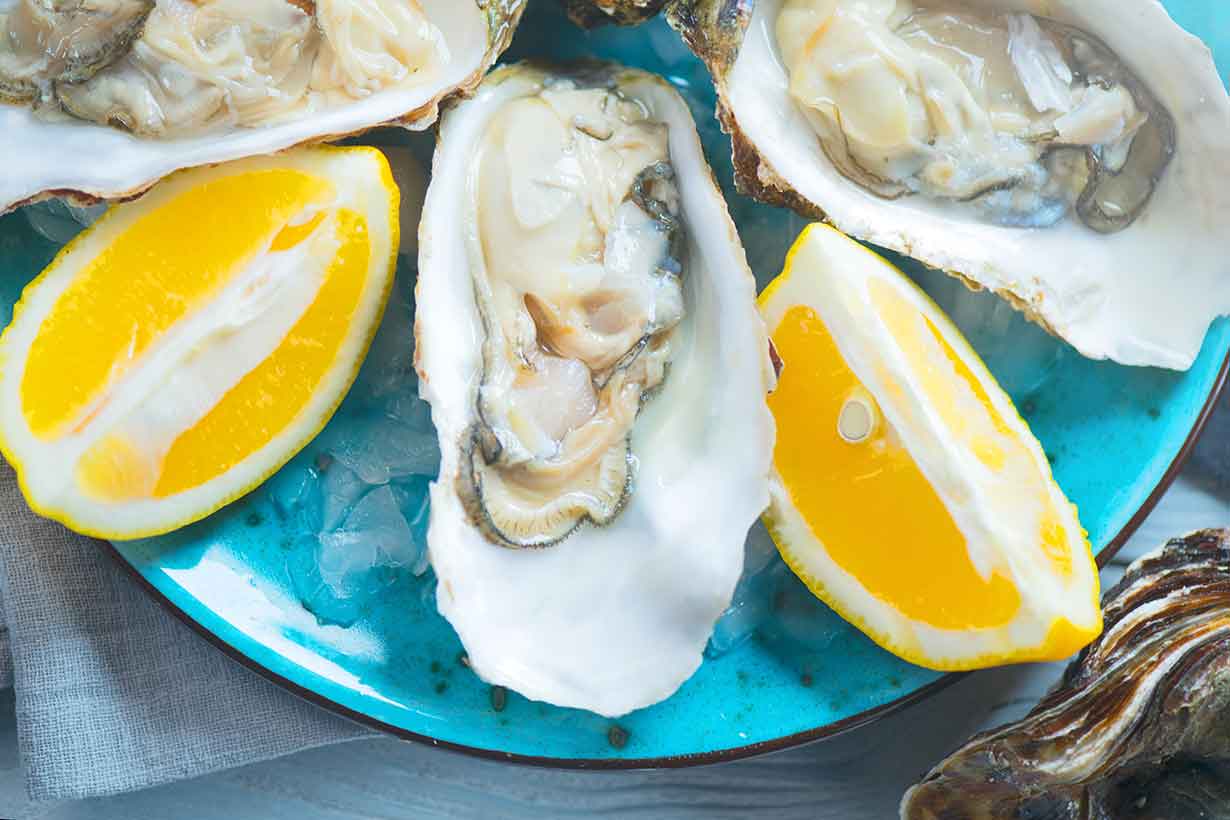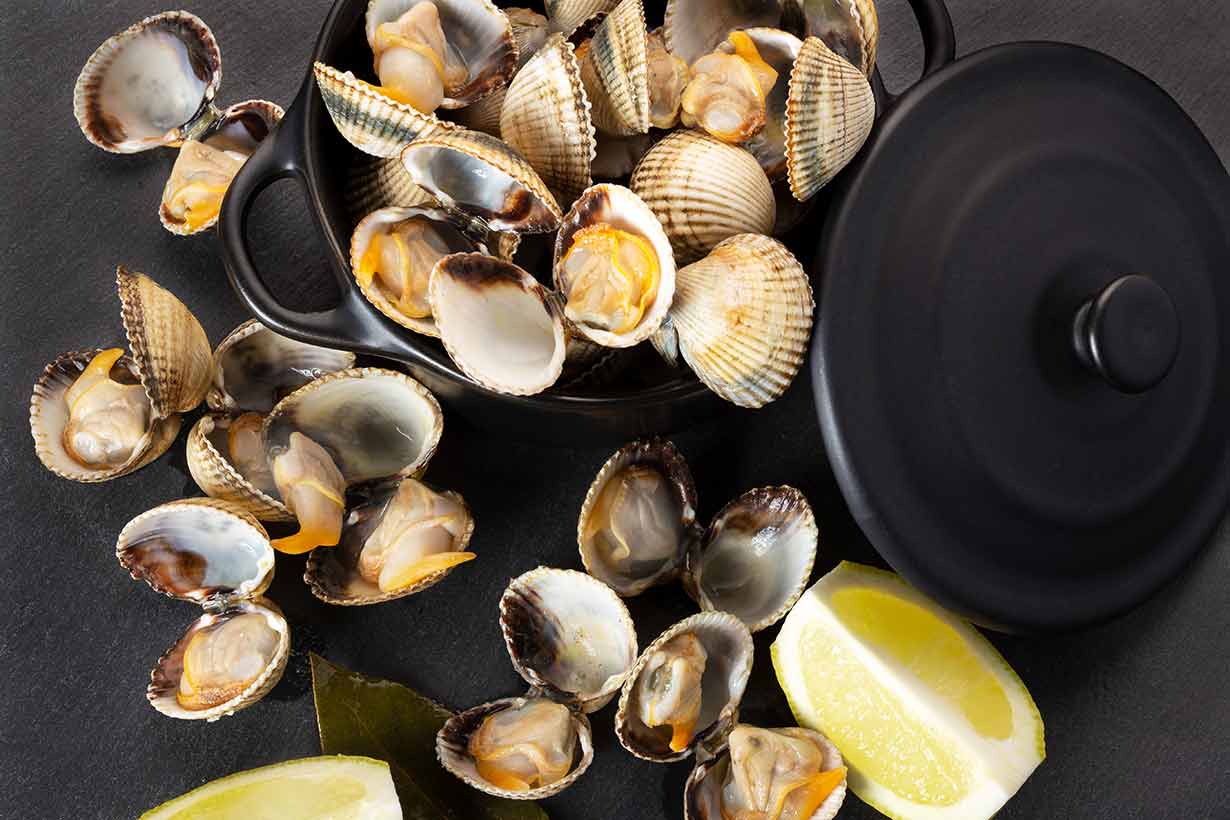Abalone is a unique variety of seafood and highly regarded as a luxury/desirable food around the world.
However, what exactly is abalone, and is it a healthy option?
This article provides a guide to abalone and its nutritional benefits.
What Is Abalone?
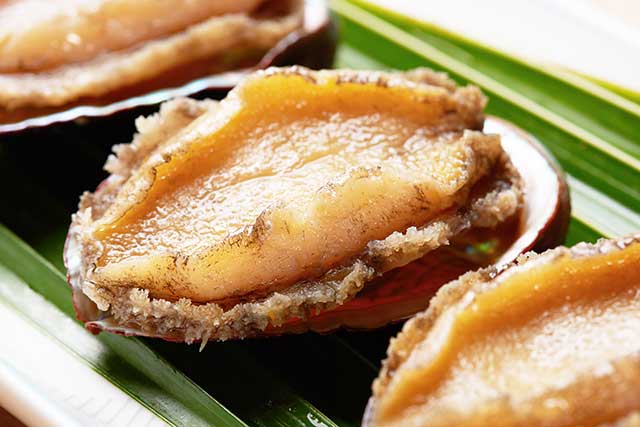
Abalone is a popular choice of seafood—a shellfish to be precise—that lives in cold coastal waters around the world.
Biologically, abalone is a mollusk belonging to the Gastropoda class. In plain English, this means that abalone is technically a type of marine snail.
However, abalone looks very different from a typical snail and appearance-wise; it has more in common with oysters and mussels than conch.
Due to its flavor and soft texture, abalone is a staple in fine-dining around the world. On the negative side, it grows very slowly at a rate of about 1 inch per year (1).
As a result, there are only small supplies of abalone, and thus the shellfish commands a premium price. For an idea of the price, it tends to cost upward of $100 per kilogram.
For this reason, both chefs and diners view abalone as a luxury food.
What Does Abalone Taste Like?
Abalone has a unique and very flavorful taste, which is hard to describe. This shellfish also absorbs the flavors of food that it is cooked alongside.
When raw, abalone is soft, but it firms after cooking.
Additionally, providing it has been cooked well, abalone has a very tender texture.
Benefits of Abalone
While people treasure abalone for its culinary traits, does it offer good nutritional value?
Here we will examine some of the benefits that it offers.
1) Rich In Protein
Abalone provides a good source of bioavailable protein, and it contains 17.1 grams of protein per 100 grams (1).
Furthermore, with only 105 calories per 100 grams, abalone is very low in calories.
These values make the shellfish extremely protein-dense, and it rivals foods like chicken breast in the protein-per-calorie ratio.
2) Abalone Is a Substantial Source of Iodine
One of the most significant benefits of abalone is the large concentrations of iodine it contains (2).
On this note, research demonstrates that an average abalone provides approximately 95 mg of bio-available iodine (3).
Iodine is a trace mineral that is vital for the proper functioning of the thyroid gland. Both insufficient and excess iodine can cause problems (4).
Unfortunately, there is a high prevalence of iodine deficiency in much of the world today.
Perhaps surprisingly, an estimated 1.8 billion people globally are thought to have an inadequate iodine intake (5)
Furthermore, research demonstrates that severe iodine deficiency can lead to hypothyroidism, which can impair the growth and motor development of children (6).
The official daily recommended intake of iodine currently sits at 150 mcg for adults (7).
Abalone and other seafood choices such as seaweed are excellent ways to increase our iodine intake.
3) Offers (Some) Omega-3
According to a broad nutrition survey, the average American resident consumes 84.3 mg of DHA and EPA omega-3 per day (8).
DHA and EPA are the most bioavailable forms of omega-3, which is an essential fatty acid with anti-inflammatory properties (9).
Unfortunately, the current dietary guidelines recommend that we consume an “average consumption of 250 mg per day of EPA and DHA,” so current intakes are low (10).
Abalone is not as rich in omega-3 as oily fish like salmon and tuna, but it still provides a small amount of this fatty acid.
Per 100 grams, abalone offers 49 mg of DHA and EPA omega-3 (11).
4) Excellent Source of Selenium
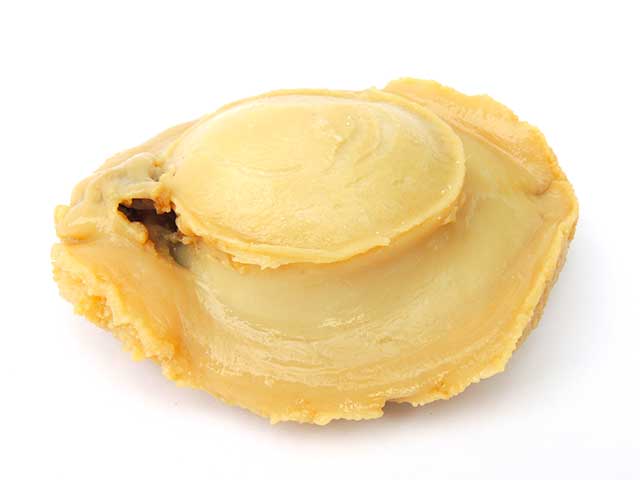
One of the standout nutrients in abalone is selenium.
Selenium is an essential mineral that helps to enhance our immune system.
The mineral does this by activating various enzymes and proteins with antioxidant functions (12, 13).
Per 100 grams, abalone contains 44.8 mcg of selenium, which is 64% of the daily value we should be getting (14).
For more seafood sources of selenium, see this guide to calamari.
5) Abalone Is a Sustainable and Eco-Friendly Seafood Option
Overfishing is a serious problem that depletes fish populations and adversely affects local marine ecosystems.
Sadly, in the present day, the scientific concern is focused on how we can rebuild these fish populations that we have depleted (15).
However, not all seafood has been overfished, and some species are much more eco-friendly than others.
On the positive side, farmed abalone has one of the best sustainability ratings amongst all seafood (16, 17).
Abalone Has a Good Nutrition Profile
In addition to its main benefits, abalone offers a wide range of nutrients.
Here is the full nutrition profile per 100 grams of abalone (1).
| Calories/Nutrient | Amount |
|---|---|
| Calories | 105 kcal |
| Carbohydrate | 6.0 g |
| Fiber | 0 g |
| Sugars | 0 g |
| Fat | 0.8 g |
| Saturated Fat | 0.1 g |
| Monounsaturated Fat | 0.1 g |
| Polyunsaturated Fat | 0.1 g |
| Omega-3 Fatty Acids | 90 mg |
| Omega-6 Fatty Acids | 7 mg |
| Protein | 17.1 g |
| Vitamin | Amount | % DV |
|---|---|---|
| Vitamin B5 | 3.0 mg | 30 % |
| Vitamin K | 23.0 mcg | 29 % |
| Vitamin E | 4.0 mg | 20 % |
| Thiamin | 0.2 mg | 13 % |
| Vitamin B12 | 0.7 mcg | 12 % |
| Vitamin B6 | 0.2 mg | 8 % |
| Niacin | 1.5 mg | 7 % |
| Riboflavin | 0.1 mg | 6 % |
| Vitamin C | 2.0 mg | 3 % |
| Folate | 5.0 mcg | 1 % |
| Vitamin A | 2 mcg RAE | 0.2 % |
| Mineral | Amount | % DV |
|---|---|---|
| Selenium | 44.8 mcg | 64 % |
| Phosphorus | 190 mg | 19 % |
| Iron | 3.2 mg | 18 % |
| Sodium | 301 mg | 13 % |
| Magnesium | 48.0 mg | 12 % |
| Copper | 0.2 mg | 10 % |
| Potassium | 250 mg | 7 % |
| Zinc | 0.8 mg | 5 % |
| Calcium | 31.0 mg | 3 % |
| Manganese | Trace | 2 % |
Potential Concerns and Side Effects
There are no unique health concerns about abalone consumption, but here are some potential issues to consider.
1) Abalone Allergy
Similar to all shellfish varieties, a minority of individuals may have an allergic reaction to abalone.
On the positive side, allergies to mollusks (such as abalone, clams, and oysters) are less common than allergies to crustaceans (like shrimp) (18).
Like all allergies, allergic reactions can, in some cases, be severe and require emergency medical treatment.
Typical signs and symptoms of an allergic reaction to shellfish may include, but are not limited to (19);
- Diarrhea
- Difficulty breathing
- Dizziness
- Hives
- Nausea/vomiting
- Stomach cramps
- Swelling
2) Metal Pollution In Chinese Abalone Farms
Generally speaking, mercury (and other heavy metal) contamination is not a significant issue with abalone (20, 21).
That said, research suggests there are some areas of the world where heavy metal contamination might be more of a concern.
Specifically, the bioaccumulation of heavy metals in abalone appears to be a problem for some Chinese abalone farms (22, 23).
Primarily, these heavy metals include cadmium, mercury, and silver (24).
3) Food Poisoning
Fortunately, all forms of food poisoning are quite rare.
However, certain foods are more susceptible to foodborne viruses, such as pre-packed salads, raw milk, and (especially raw) shellfish (25).
Therefore, in rare instances, abalone can be a risk for food poisoning. Certain bacterias the abalone can pick up from contaminated waters are the leading cause of these food poisoning cases.
Improper storage and handling of shellfish can also increase the risk (26).
The best way to minimize the risk of food poisoning is by buying abalone from a trusted source, keeping it at the correct temperature, and cooking it thoroughly (27, 28).
Once again, it is worth noting that food poisoning from shellfish is rare.
To put this into clear perspective; the number of cases in the United States each year numbers in the hundreds. Despite this, millions of people enjoy shellfish each year (29).
Final Thoughts
Abalone is a tasty shellfish that many people enjoy.
Also, it has an interesting nutrition profile and offers several beneficial nutrients.
Among these nutrients, abalone’s supply of iodine—which can be hard to find in food—is particularly useful.
However, the biggest downside is the price. Abalone is just so expensive compared to other options.
For this reason, no matter how good it tastes, abalone will always be more of a luxury food than an essential seafood choice.
For more articles on seafood, see this guide to clams.

